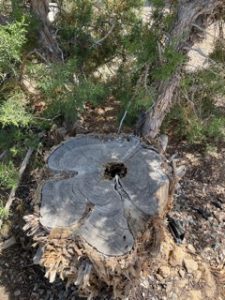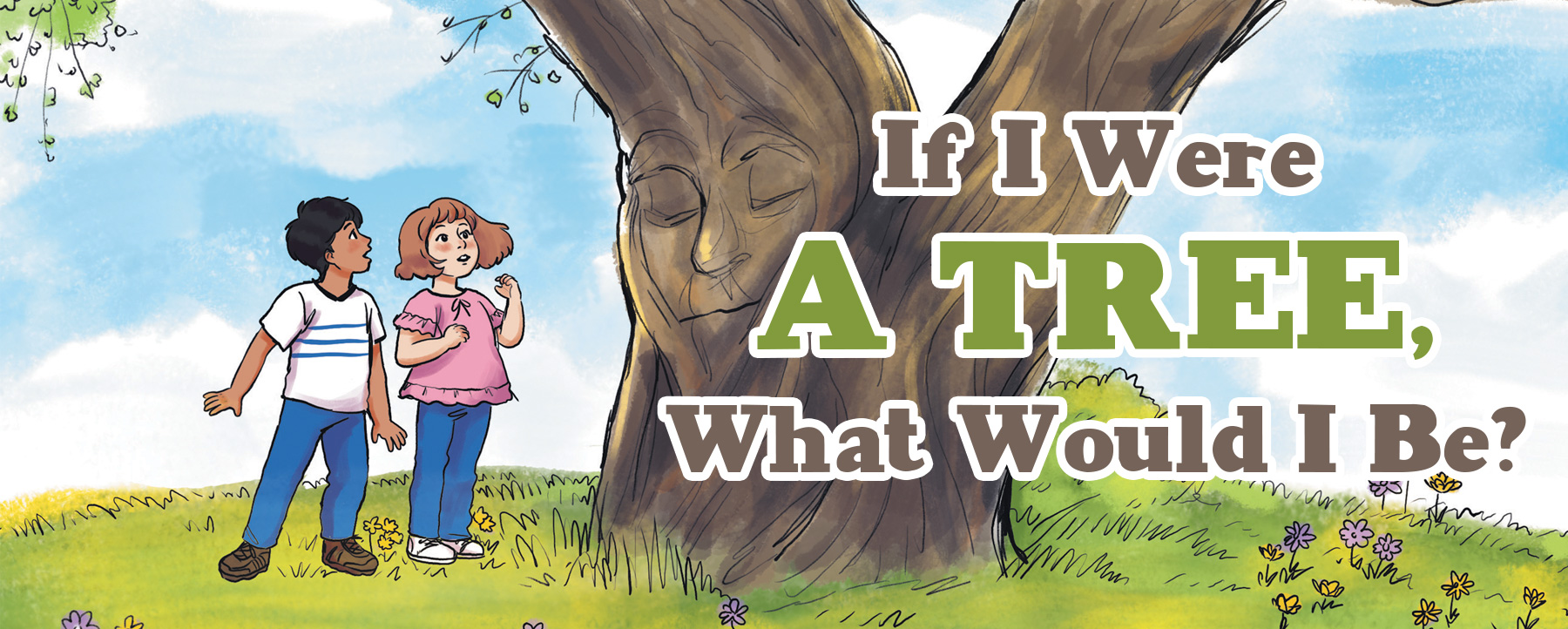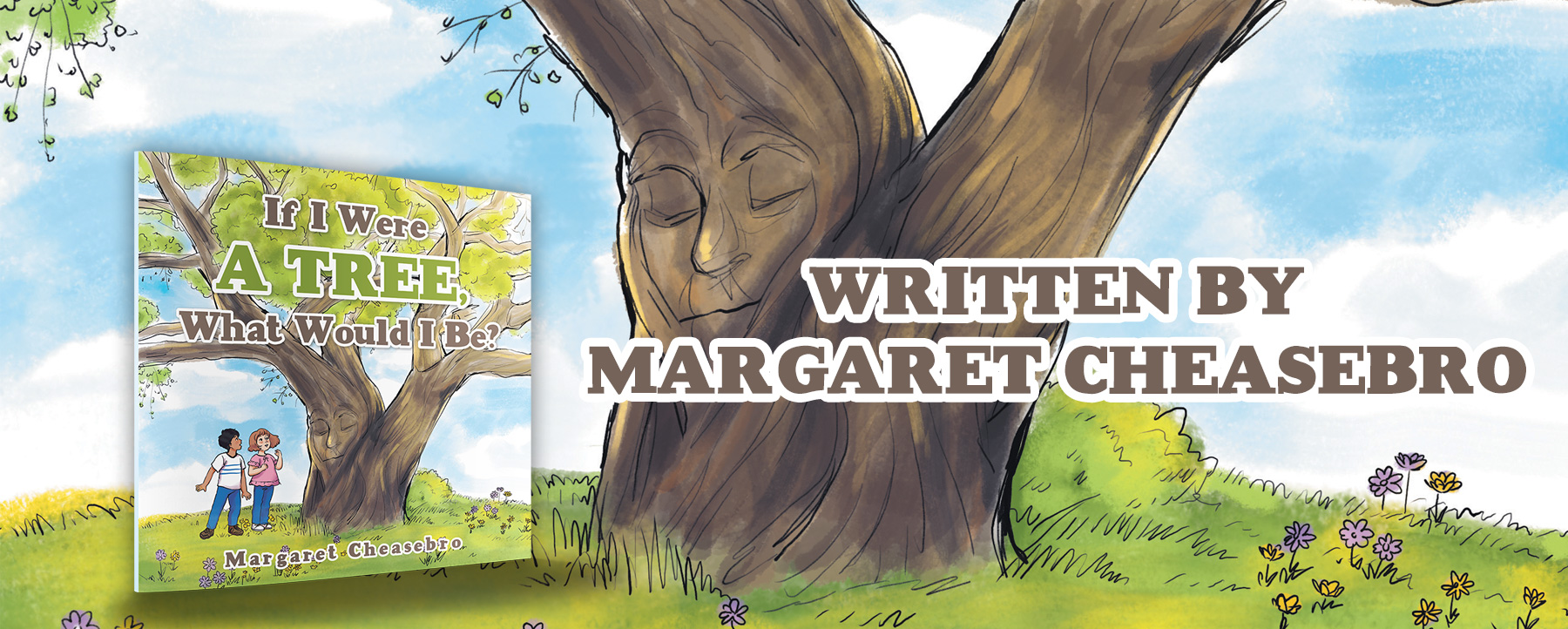
Though the trunk of this was tree was not coppiced at an angle, it still helped the trunk grow new branches.
I learned a new word when I read some articles in the Treehugger newsletter. It is a wonderful newsletter that helps you find all kinds of information about more natural and earth friendly ways of doing things. Find out more about it at https://www.treehugger.com/
The word I learned is coppice. It is pronounced cop (as in policeman) and pice, which rhymes with ice. Neither syllable is emphasized more than the other.
Coppice is a method of managing woodlands or even the trees in your yard so that you can get the wood you need without killing the tree. It is often used in permaculture farming, which is a more natural kind of farming that works in harmony with wind, sun and water.
But you don’t have to be a farmer to coppice. You can do it in your yard. Not all trees do well with coppicing. Conifers such as pine and fir trees usually don’t do well. Among the trees that perform well are ash, hazel nut, oak, and willow. Apple, sycamore, and sweet chestnut are some others that also do well.
To coppice a tree, you cut it at an angle near the base of the trunk. When the cut is done correctly, new sprouts eventually grow from the same tree and can continue producing wood for many decades. It is best to coppice in the winter months when the tree is dormant.
For thousands of years people have practiced coppicing. It has been done in Europe, Australia, South America, and other places too. People have gathered coppice wood for many purposes. It can provide fence posts, wooden support for drooping plants, and wood to burn in fire places, among many other uses.
If you have a tree in your yard that looks like it is struggling, it might do better when it is cut at a 15 to 20-degree angle slightly above the base of the tree. That angle lets rainwater run off the cut portion and might reduce the chance of tree rot. Prepare to be patient. It may take a few years for the tree to start growing new branches.
After a while, the tree will have quite a bit of new growth. Then you can think of creative ways to use some of the branches and sprouts. People who like to create crafts sometimes find wonderful sprouts, twigs, leaves and other parts of the tree from which to make lots of different craft items.
It could be a great family project to decide if you have a tree in your yard that would benefit from the coppice method. If you have one or two, then your whole family can learn more about how to do it. It could be fun for all of you. You will be practicing a farming technique that helps people and nature work together in harmony.


